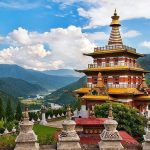Khaltse Village: Unveiling the Hidden Gem of Ladakh
Situated in the rough landscape of Ladakh, there’s an undiscovered treasure just waiting for the brave adventurer to find it. For those seeking a deeper dive into Ladakhi life, Khaltse can be a fantastic stop included in many Ladakh tour packages.
Welcome to Khaltse Village, a charming community that perfectly captures the spirit of Ladakhi tradition and culture. Khaltse is a gateway to the region’s magical scenery and medieval monasteries, along the historic Leh-Srinagar highway.
This article explores the rich tapestry of traditions, history, and scenic beauty of Khaltse Village, taking the reader on a trip to discover its mysteries and delights.
A Glimpse into Khatse’s Past
A Glimpse into Khatse's Past
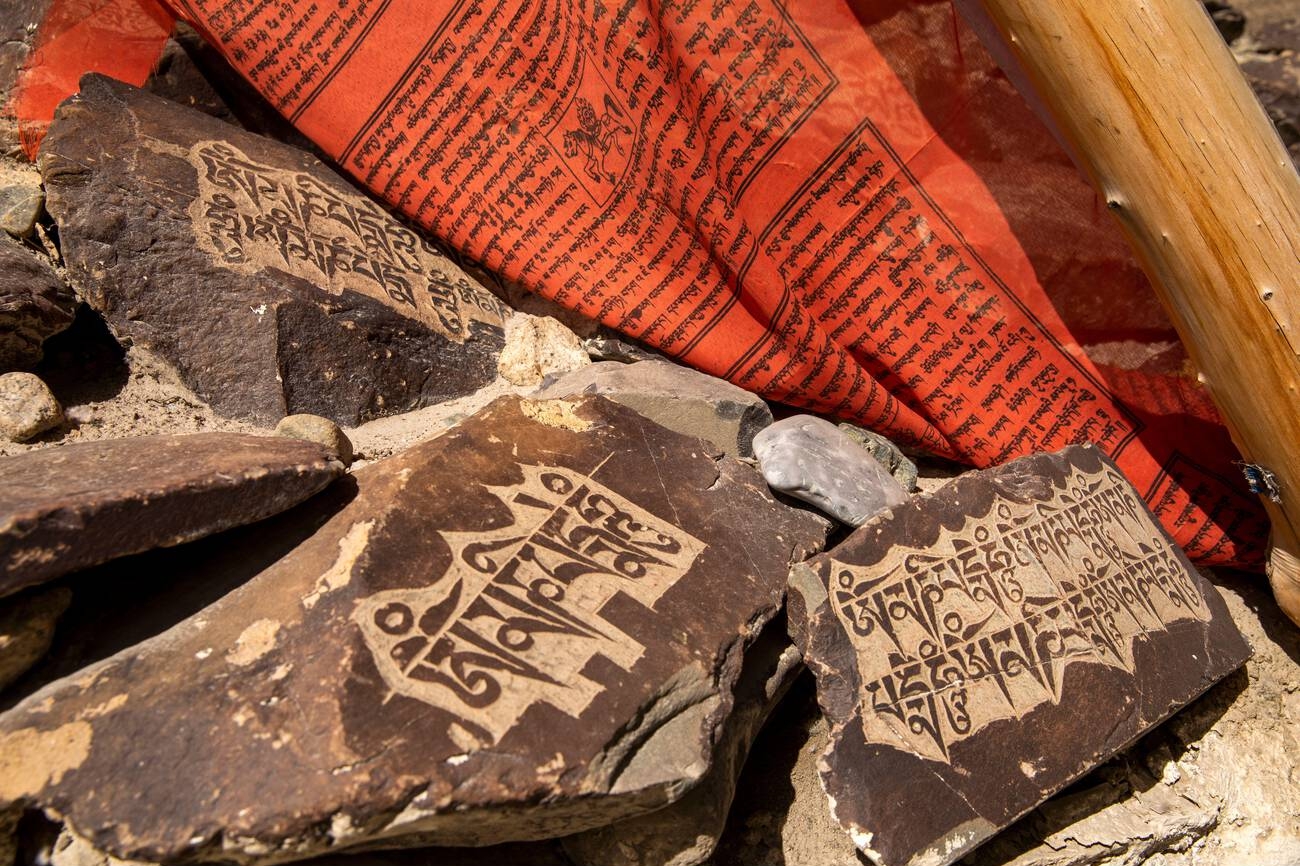
Khaltse Village holds a significant place in the annals of Ladakh’s history. The name “Khaltse” is derived from the Ladakhi words “Khal” meaning “fort” and “Tse” meaning “place,” reflecting its historical importance as a strategic stronghold along the ancient trade routes that crossed the Himalayas.
Over the centuries, Khaltse witnessed the rise and fall of empires, from the Tibetan kings to the Dogra rulers of Jammu and Kashmir, each leaving their imprint on the land.
Cultural Tapestry of Khaltse
Cultural Tapestry of Khaltse
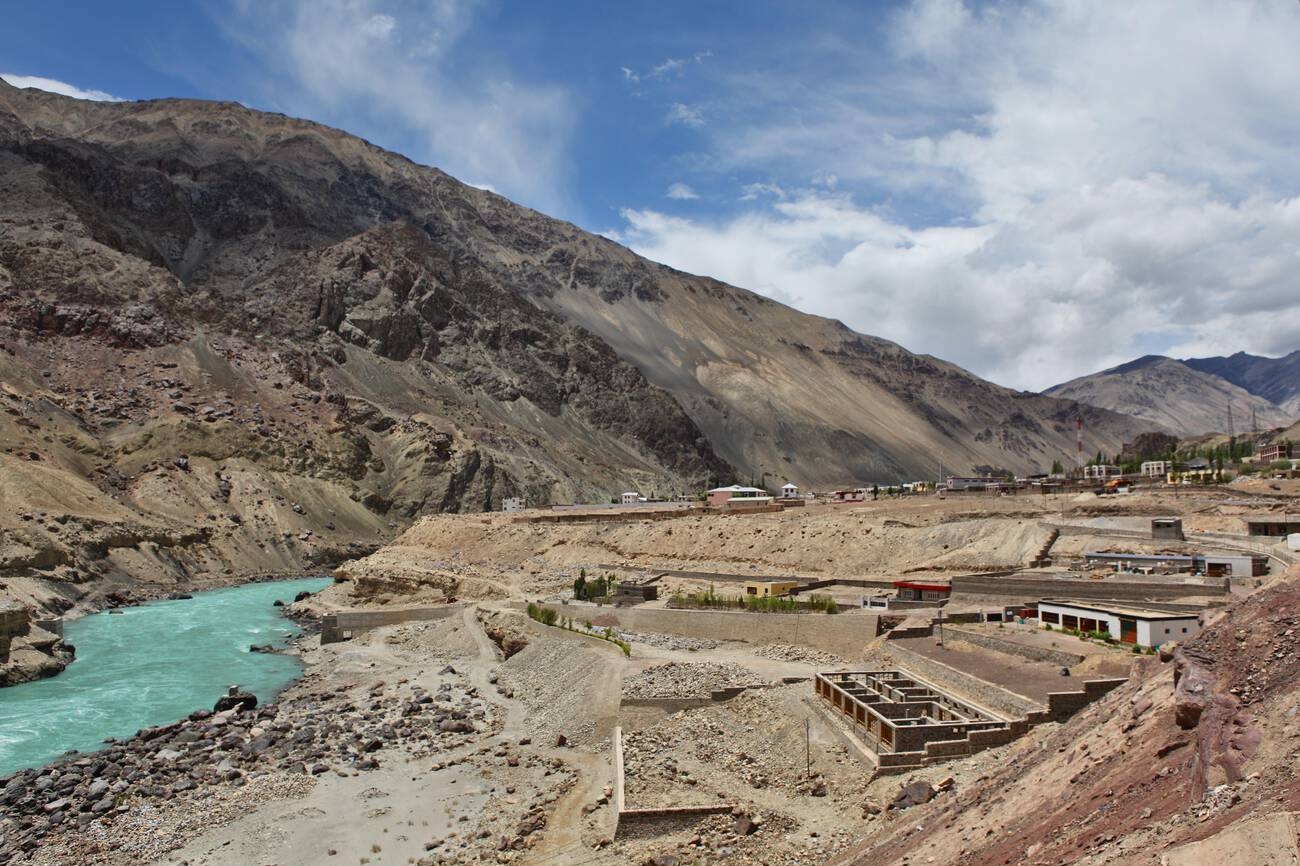
One of the most captivating aspects of Khaltse Village is its vibrant cultural tapestry, woven from the threads of diverse ethnic communities that call this region home.
The majority population comprises Baltis, whose ancestors came from the region between modern-day Pakistan and India—Baltistan.
The Baltis’ unique traditions, language, and food are well-known, and they blend Indian, Tibetan, and Central Asian elements.
Khaltse is home to both Baltis and Ladakhi Buddhists, as seen by the many monasteries and stupas found throughout the surrounding countryside.
Cultural Traditions:
The cultural fabric of Khaltse Village is woven with plenty of traditions and rituals that have been preserved for centuries.
Festivals play a central role in community life, providing occasions for celebration, reflection, and spiritual renewal.
One of the most significant festivals is the Dosmochey and Hemis Festival, which is celebrated annually at the Likir Monastery with colorful processions, mask dances, and prayers for the well-being of all sentient beings.
Other cultural practices include folk music and dance, performed during auspicious occasions such as weddings, harvest festivals, and religious ceremonies.
Architectural Marvels
Khaltse is dotted with architectural marvels that stand as testaments to its storied past. One such landmark is the historic Khaltse Fort, perched atop a hill overlooking the village.
Built-in the 19th century by the Dogra rulers, the fort offers panoramic views of the surrounding valleys and serves as a reminder of Khaltse’s strategic significance in the past.
The village is also home to several ancient and some of the famous Buddhist monasteries of Ladakh, including the picturesque Lamayuru Monastery, which dates back to the 10th century and is renowned for its striking paintings and serene ambiance.
What is the Best Time to Visit Khaltse Village?
What is the Best Time to Visit Khaltse Village?
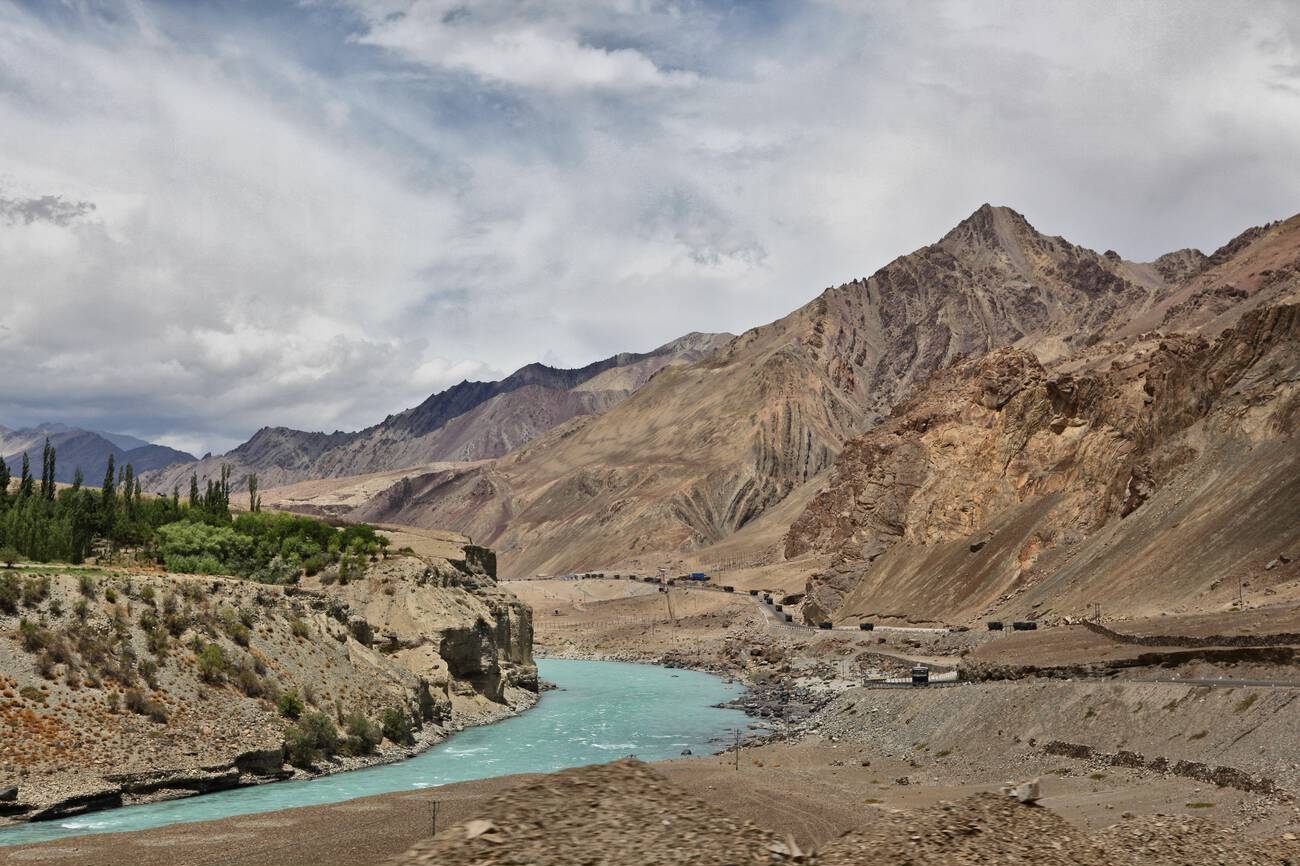
The best time to visit Khaltse Village is during the summer months from May to September when the weather is mild and favorable to outdoor activities.
During this time, the region experiences clear skies, allowing for clear views of the surrounding mountains and valleys.
Additionally, many festivals and cultural events take place during the summer, providing visitors with an opportunity to witness the vibrant traditions of Ladakh.
How to Reach Khaltse Village?
Khaltse Village is located approximately 70 kilometers west of Leh, the capital of Ladakh. The most convenient way to reach Khaltse is by road, either by hiring a taxi or driving your vehicle along the Leh-Srinagar highway.
The journey from Leh to Khaltse takes around 2-3 hours, depending on road conditions.
What are the Things To Do in Khaltse Village?
What are the Things To Do in Khaltse Village?
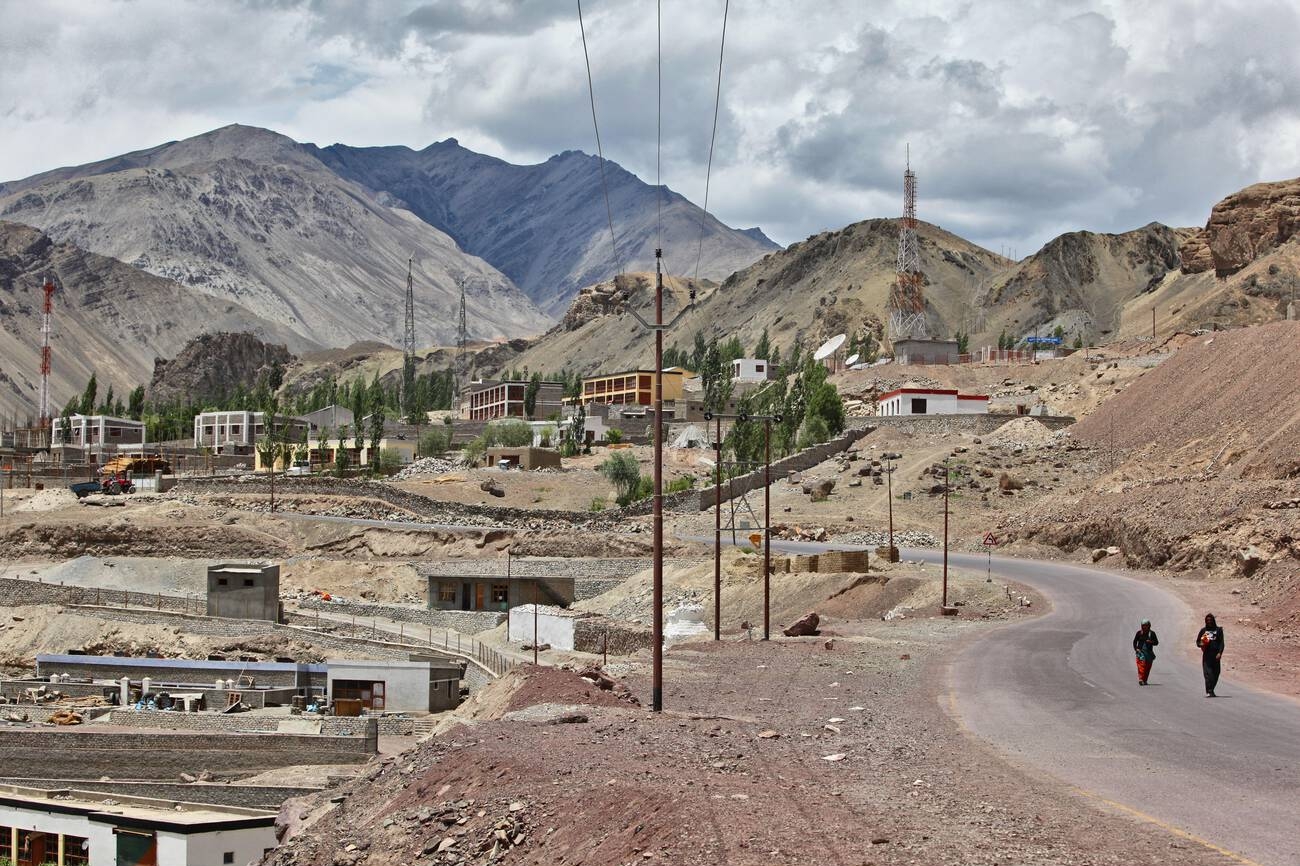
Explore Cultural Heritage: Wander through the narrow lanes of Khaltse Village to discover ancient monasteries, traditional homes, and historic landmarks that offer insights into the region’s rich cultural heritage.
Attend Local Festivals: Experience the vibrant culture of Ladakh by participating in local festivals and celebrations, such as the Dosmochey festival at the Likir Monastery, where you can witness colorful mask dances and traditional rituals.
Trekking and Hiking: Lace up your boots and embark on scenic treks through the surrounding mountains and valleys, offering breathtaking views of snow-capped peaks, lush meadows, and pristine rivers.
Photography: Capture the stunning landscapes and traditional architecture of Khaltse Village through your lens, preserving memories of your journey amidst the majestic Himalayan backdrop. Every click of your camera will be a Ladakh photo waiting to be cherished.
Homestay Experience: Immerse yourself in the daily life of the locals by opting to stay at homestays in Ladakh, where you can savor authentic Ladakhi cuisine, learn about traditional crafts, and forge connections with the warm and hospitable villagers.
Tourist Attractions near Khaltse:
Likir Monastery: Just a short drive from Khaltse Village lies the Likir Monastery, one of the oldest and most picturesque monasteries in Ladakh.
Lamayuru Monastery: Situated about 40 kilometers from Khaltse, Lamayuru Monastery is one of the largest and oldest monasteries in Ladakh, dating back to the 10th century.
Alchi Monastery: Located approximately 50 kilometers from Khaltse, Alchi Monastery is famous for its exquisite paintings, intricate wood carvings, and ancient scriptures.
Indus River Confluence: A short drive from Khaltse will take you to the confluence of the Indus and Zanskar rivers, where the turquoise waters of the Indus merge with the muddy currents of the Zanskar.
Local Cuisine of Khaltse: A Culinary Journey Through Ladakhi Flavors
Local Cuisine of Khaltse: A Culinary Journey Through Ladakhi Flavors
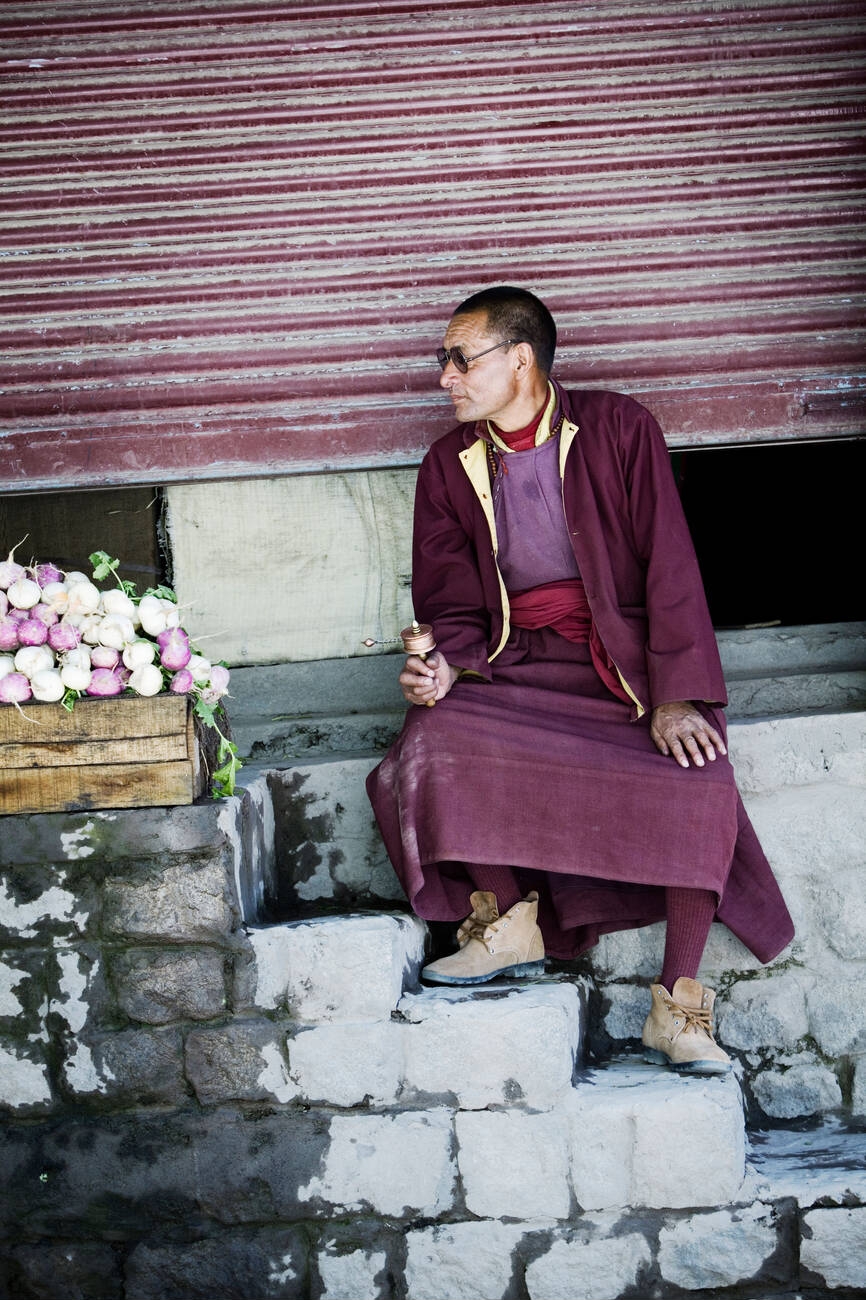
Ladakhi cuisine is a reflection of the region’s unique geography, history, and cultural influences.
Drawing inspiration from Tibetan, Indian, and Central Asian culinary traditions, Ladakhi dishes are known for their hearty flavors, use of local ingredients, and nourishing qualities that help sustain the inhabitants in the harsh mountain environment.
Thukpa: A staple of Ladakhi cuisine, Thukpa is a hearty noodle soup made with vegetables, meat (usually mutton or chicken), and aromatic spices. Served piping hot, Thukpa is not only delicious but also provides warmth and sustenance.
Momos: These steamed dumplings are another beloved favorite in Ladakh. Filled with minced meat or vegetables and seasoned with herbs and spices, Momos are served with a tangy dipping sauce.
Chang: As the traditional barley beer of Ladakh, Chang holds a special place in local culture. Brewed at home or in local breweries, Chang is served in wooden or metal containers called “changkoks” and enjoyed during social gatherings, festivals, and celebrations.
Indulge in Camping and Stargazing at Khaltse Village
One of the most enchanting experiences awaiting visitors to Khaltse Village is the opportunity to spend a night under the vast canvas of the Ladakhi sky.
Camping in Ladakh amidst the wilderness surrounding the village offers a unique chance to disconnect from the hustle and bustle of daily life, reconnect with nature, and marvel at the celestial wonders that adorn the night sky.
With the night sky stretching out in all directions, stargazers are treated to a mesmerizing display of celestial beauty. The clear, unpolluted air of Ladakh ensures exceptional visibility, allowing visitors to witness the Milky Way arching overhead like a luminous river of stars.
Constellations, planets, and meteor showers paint the sky with their celestial dance, inviting contemplation and wonder.
What are the tips to keep in mind while visiting Khaltse Village?
What are the tips to keep in mind while visiting Khaltse Village?
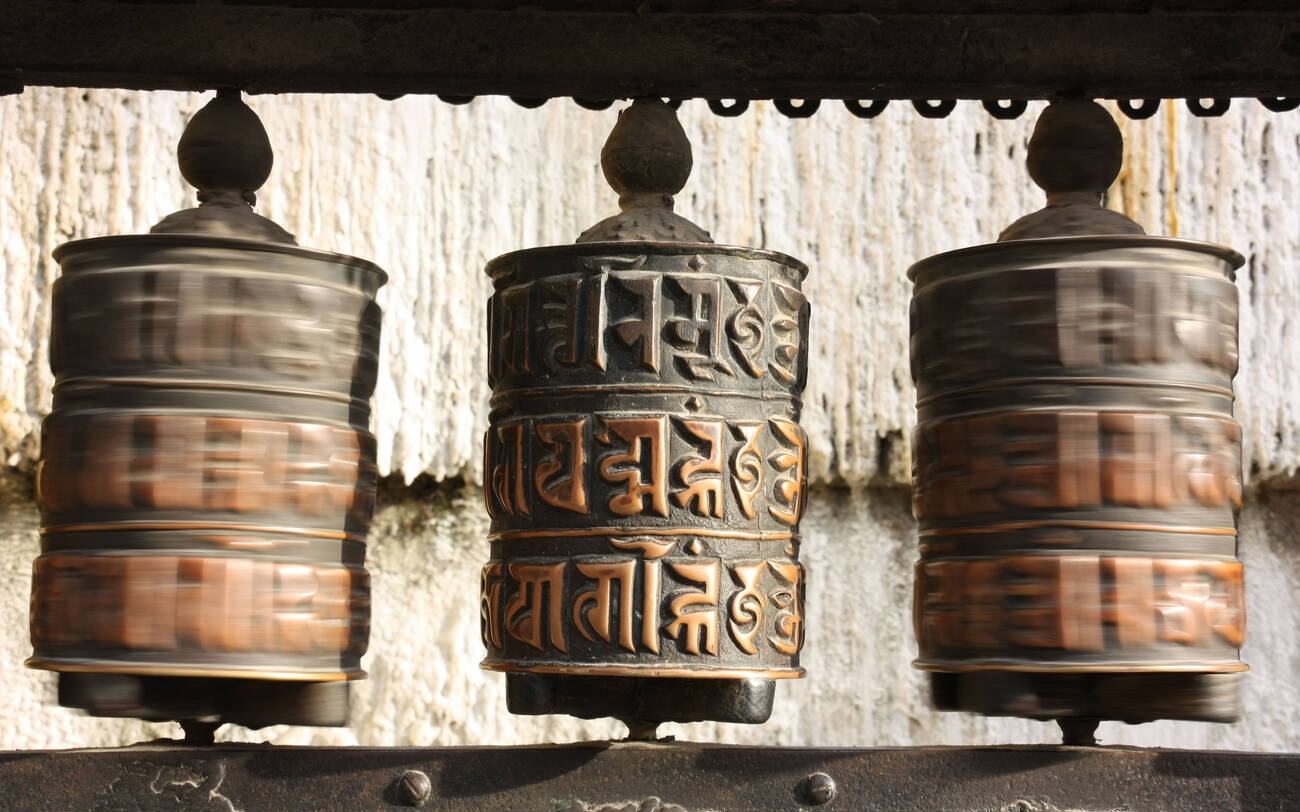
- It’s essential to acclimatize properly to avoid altitude sickness. Spend a couple of days in Leh or other lower-altitude areas before heading to Khaltse Village.
- Be sure to pack layers of clothing to stay warm during chilly nights and to protect yourself from the intense sun during the day.
- Don’t forget essentials like sunscreen, sunglasses, hats, and sturdy walking shoes for exploring the rugged terrain.
- The dry mountain air can lead to dehydration, so drink plenty of water throughout the day, especially when engaging in outdoor activities or trekking.
- Consider carrying a reusable water bottle and refilling it with filtered water to minimize plastic waste.
- Dress modestly when visiting monasteries or religious sites, remove your shoes before entering temples or homes, and ask for permission before taking photographs of people.
- Carry reusable water bottles and bags, avoid single-use plastics, and dispose of waste properly by using designated bins or carrying out what you bring in.
- Keep a safe distance from wildlife encounters, refrain from feeding or disturbing animals, and follow guidelines for responsible wildlife viewing.
- Stay updated on local weather conditions, road closures, and travel advisories before embarking on your journey to Khaltse Village.
- Keep emergency contact numbers handy and share your travel itinerary with a trusted friend or family member.
- Finally, embrace the unique experiences and adventures that await you in Khaltse Village.
Tourist Attractions near Khaltse:
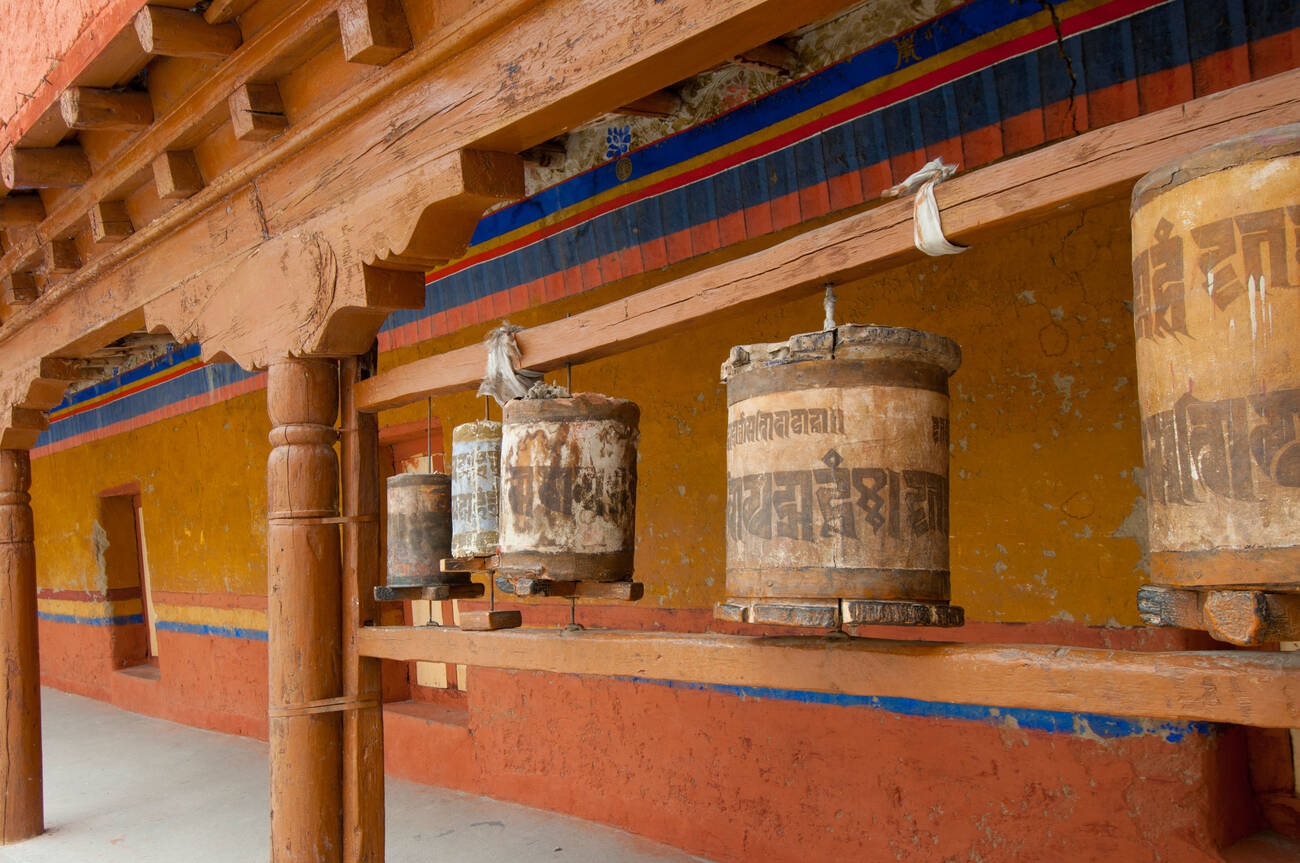
As our journey through Khaltse Village comes to an end, we are left with a profound appreciation for this hidden gem nestled in the heart of Ladakh.
From its rich history and cultural diversity to its breathtaking natural beauty, Khaltse captivates the senses and leaves a lasting impression on all who have the privilege to visit.
As travelers depart, they carry with them not only memories of a land untouched by time but also a deeper understanding of the resilience and spirit of the people who call Khaltse home.
How do I reach Khaltse village?
The most convenient way to reach Khaltse is by road, either by hiring a taxi or driving your vehicle along the Leh-Srinagar highway.
What is the best time to visit Khaltse village?
The best time to visit Khaltse Village is during the summer months from May to September when the weather is mild and favorable to outdoor activities.
is there any festival celebrated in Khaltse village?
Experience the vibrant culture of Ladakh by participating in local festivals and celebrations, such as the Dosmochey festival.
Are there any accommodation options available in Khaltse village?
Yes, Khaltse Village offers accommodation options including guesthouses and homestays, providing visitors with opportunities to experience authentic Ladakhi hospitality




